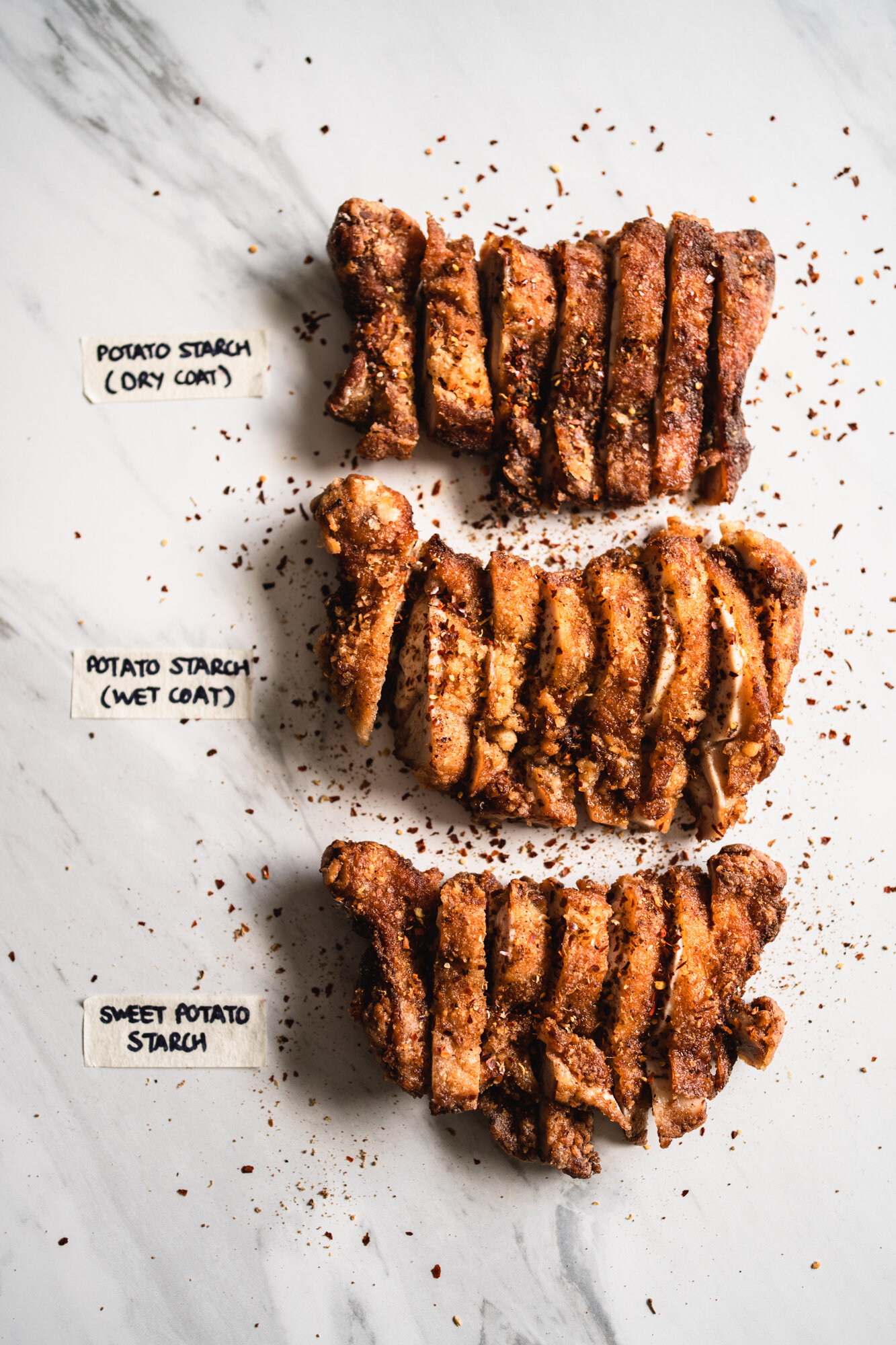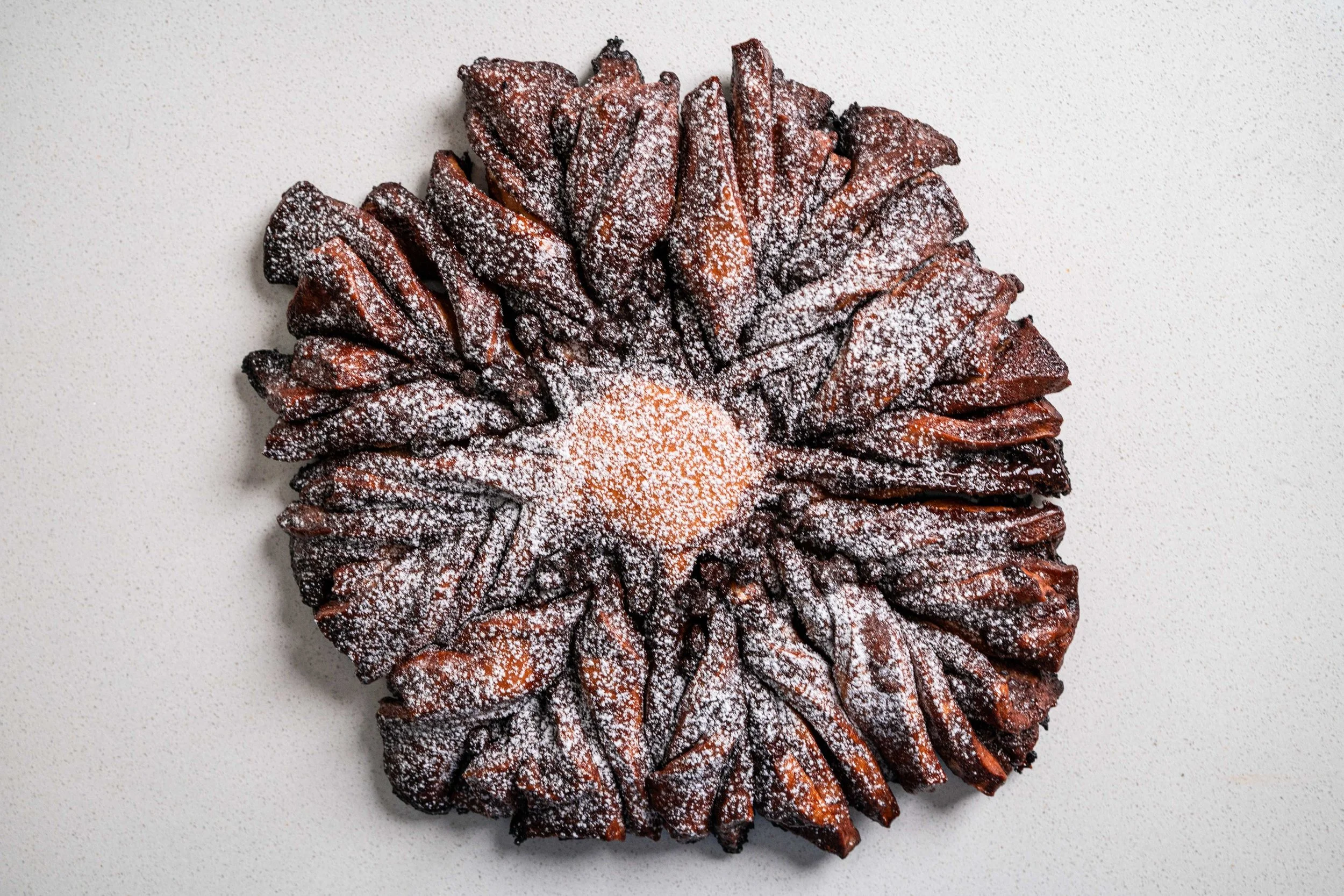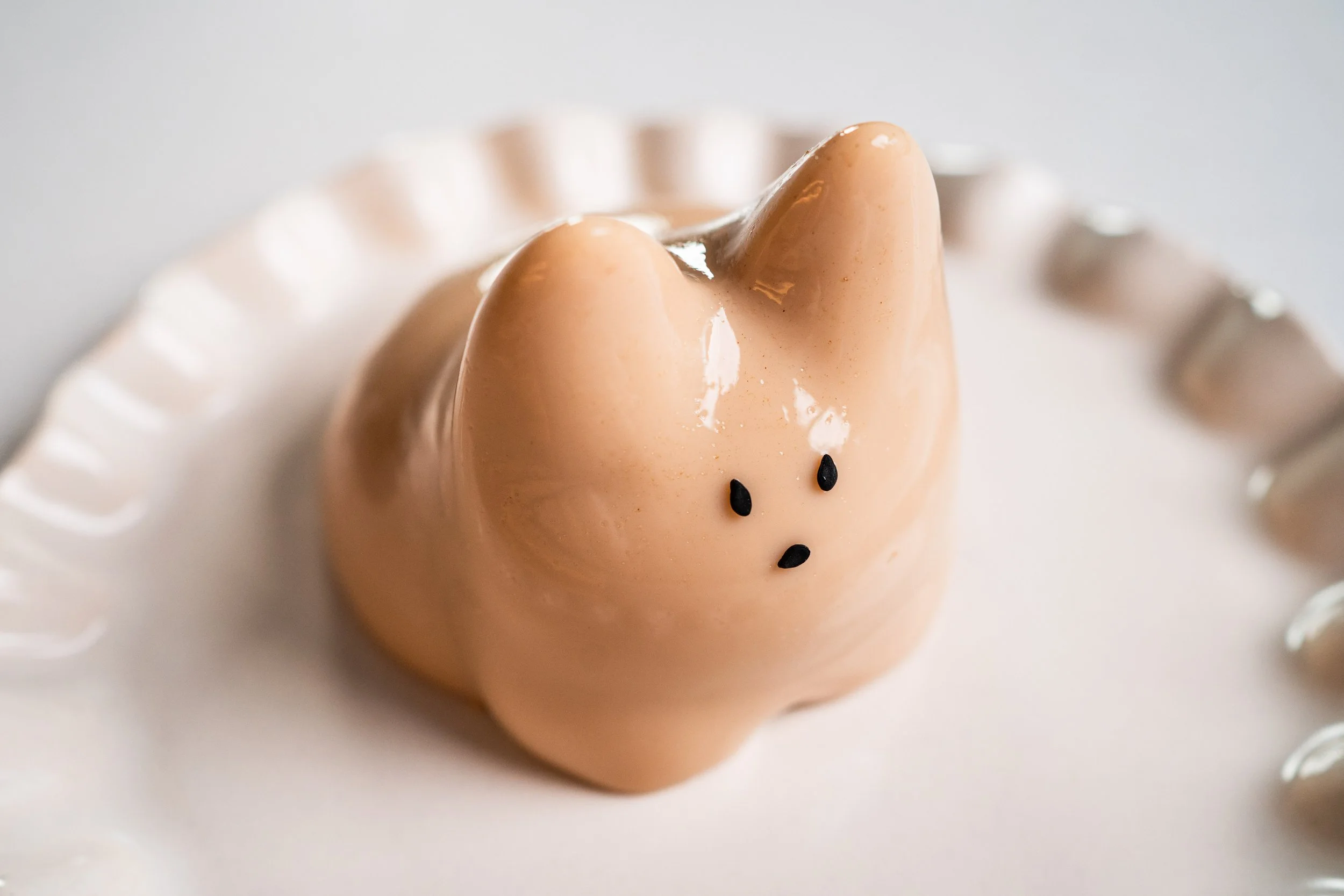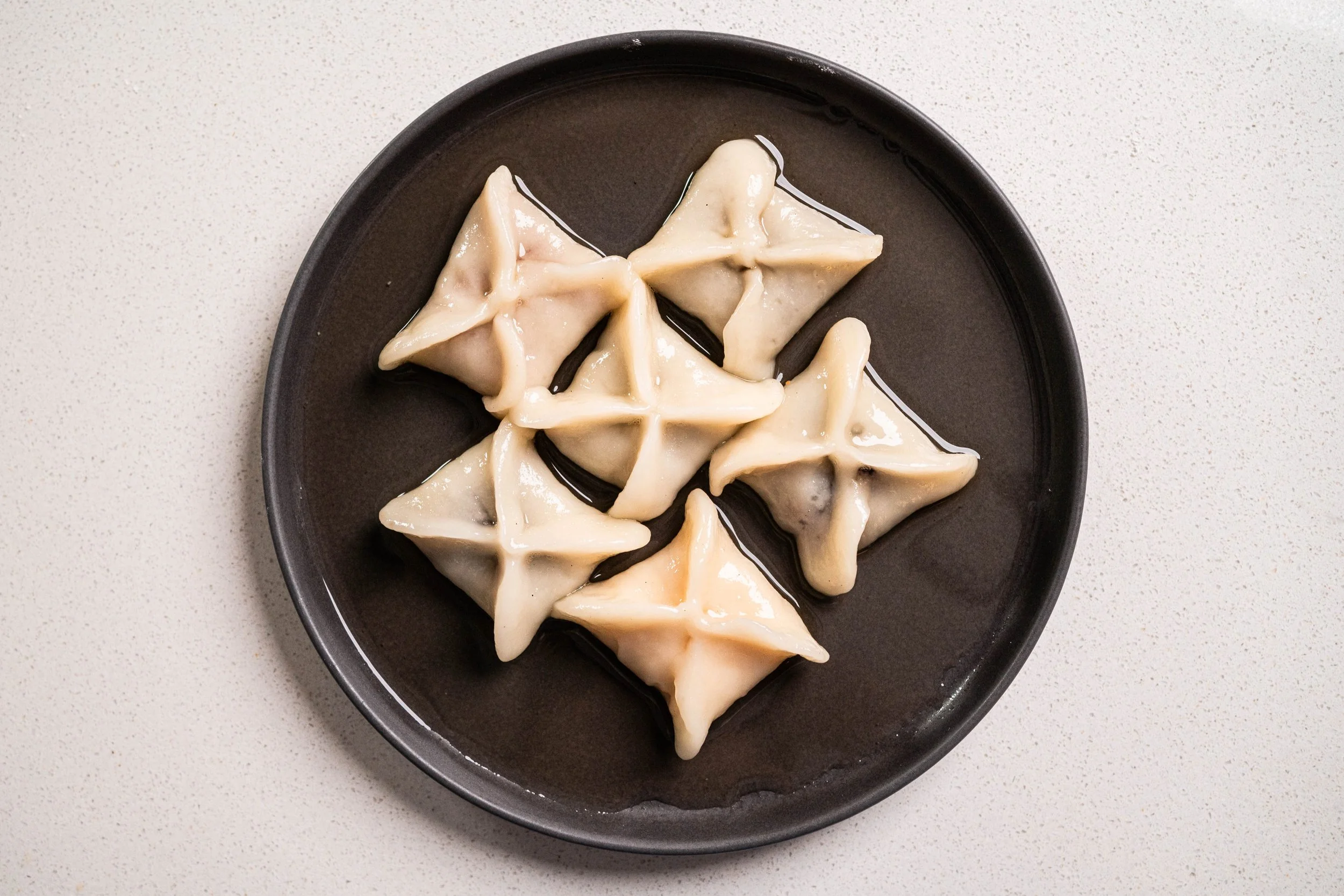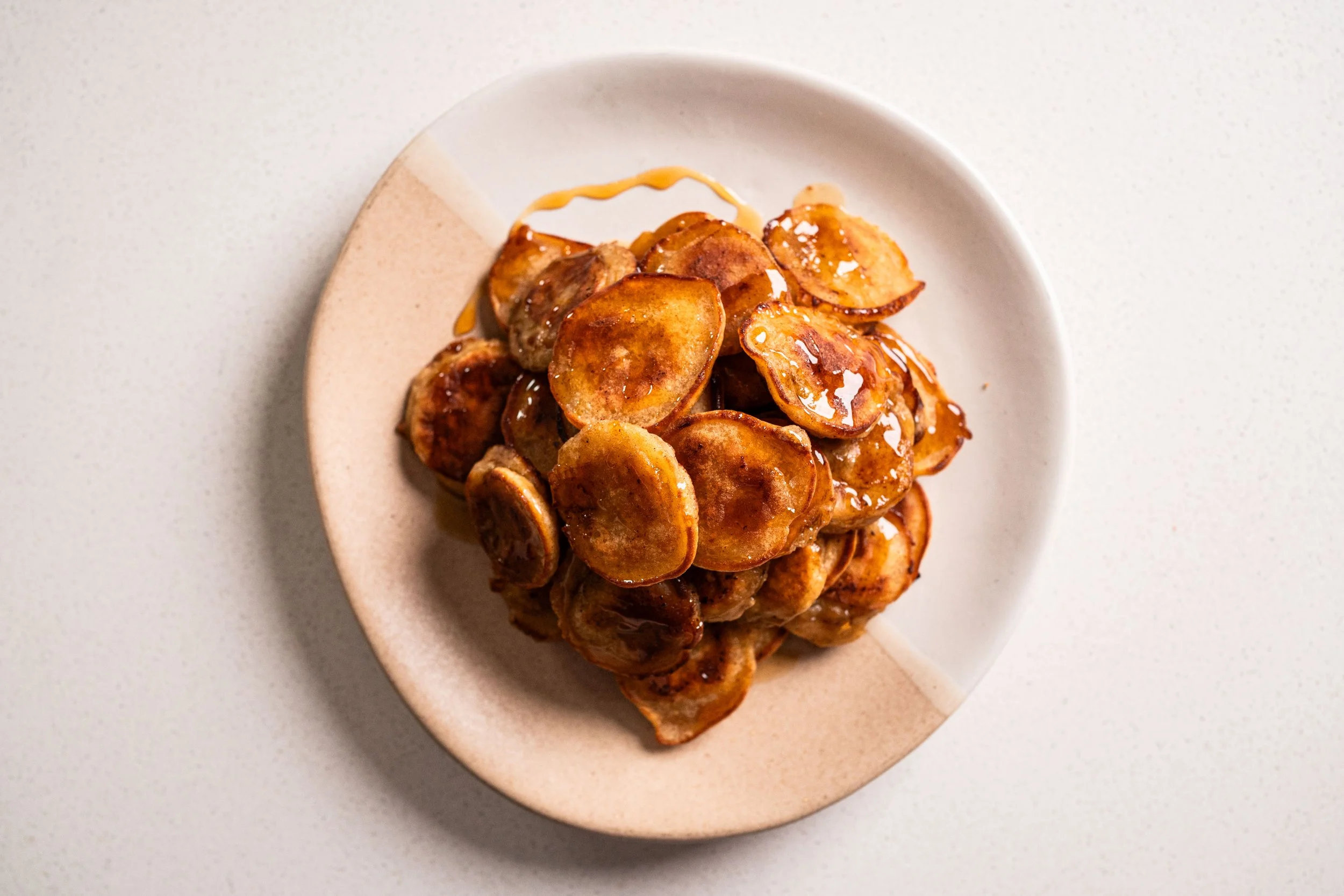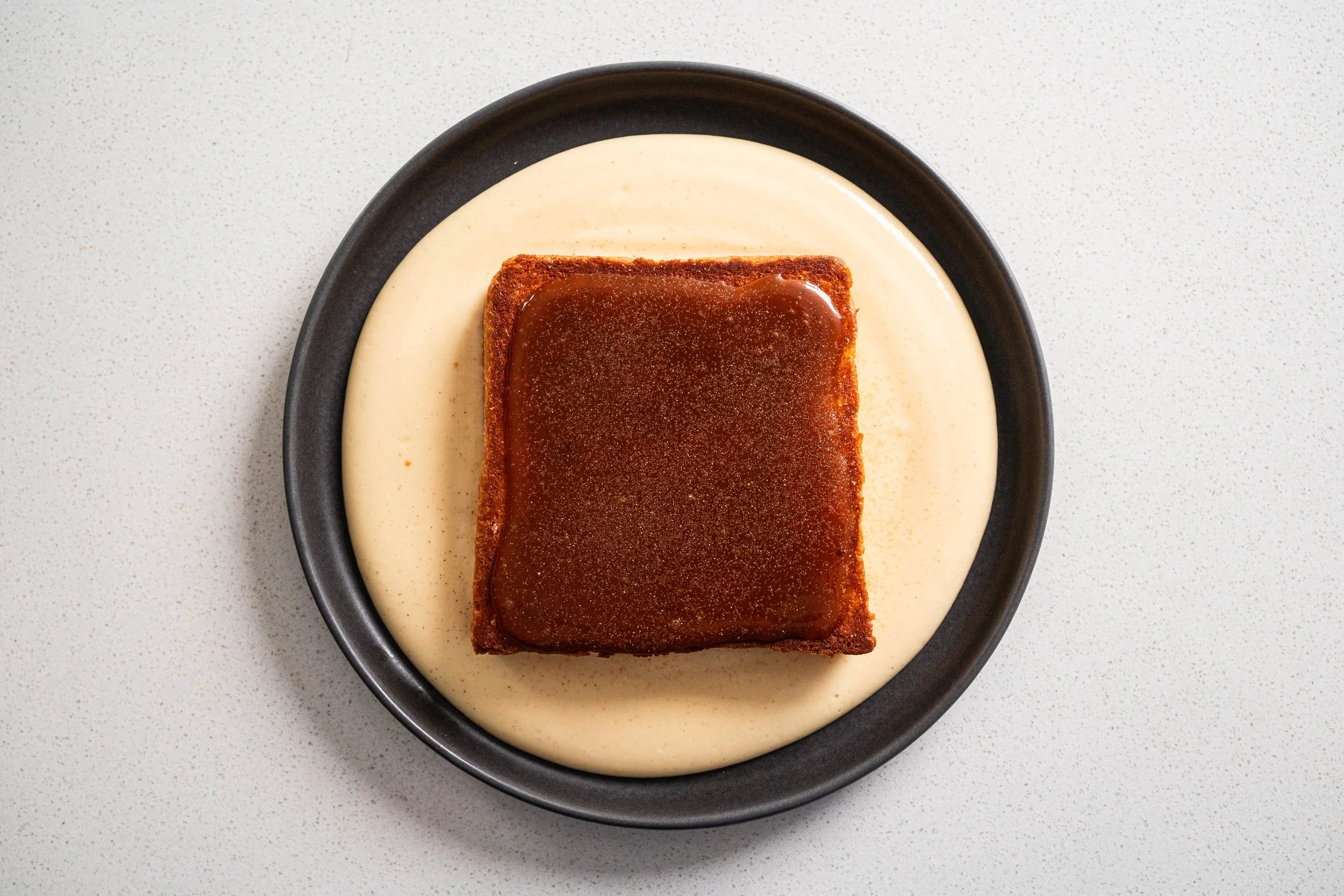Spiced Taiwanese Fried Chicken
Chicken has been on my mind a lot lately. From feeling food envy when revisiting Mandy Lee’s flatten the bird recipe, to the YouTube algorithm showing me Su Lee tearing up over Taiwanese popcorn chicken for NYT Cooking, to learning about the best techniques for crispy chicken skin from all of you for a new podcast project I’m working on—keep your ears peeled!—the world seems to be sending me a flock of chickeny signals in the past two weeks.
The final push that I needed was when I pulled open my freezer drawer and found a triplet of chicken thighs. That was enough subliminal suggestion to drive me to make fried chicken.
If you’ve ever had a hankering for fried chicken though, you almost certainly never made it at home. Making fried chicken is often thought of as a culinary chore, far too messy and laborious to make at home, what with all the dredging through eggs and flour and eggs again then flour again, and that’s before you even deal with the oil splatter from the frying. But after testing out this Taiwanese fried chicken, I’m a convert. There’s still a chance of oil splatter, but the dredging part is greatly simplified.
After marinating the chicken overnight in soy sauce, I tested out a few frying variants. I did a classic dry coating of potato starch, compared it with a Western-influenced wet potato starch batter—in hopes that it’ll make for a thicker, crispier batter—and added a wildcard sweet potato starch alternative. The dry potato starch variant turned out real nice. The batter was crackly with little beads of crispy potato starch clumps, and it was as good as I remember them to be from the Shilin night market when I was in Taiwan 4 years ago. The wet batter, while aesthetically promising, was a damp disappointment; the texture fresh out of the oil was airy and crispy, but it didn’t stay that way for long. But surprisingly, the sweet potato starch won my heart. It had all the crispy characteristics of the first potato starch batter, but with a bit more crackliness, which I suspect comes from the additional sugars in the sweet potato starch (think caramelised sugar on a crème brûlée top).
Now this isn’t a comprehensive test, nor is it solidly backed by science. It’s more of a lazy Sunday cooking experiment. I mean, I went down one of the easiest fried chicken routes in choosing Taiwanese fried chicken, so I’m not about to put myself through the rigor of proper scientific testing.
But in the end, I’m glad my fried chicken took cues from all those initial inspirations—a base recipe of Taiwanese fried chicken, inspired by Su Lee, the deboned convenience of Mandy’s recipe, and some crispy tricks (including the use of sweet potato starch) I learnt from the podcast interview with y’all. And for some of my signature flair, I dusted the chicken with a Sichuanese-Southeast Asian spice mix—red hot chilli flakes, cumin, a few kernels of Sichuan peppercorns and Sarawak peppercorns—topped with some fried curry leaves for a winning aroma. I have a feeling fried chicken will be on heavy dinner rotation over the next month.
About the Dish
The process for this fried chicken is surprisingly simple (for a fried chicken, that is). Just marinate the chicken overnight in some soy and five-spice, then the very next day, dredge it through some sweet potato starch and give it a quick rub, then fry it for 5-10 minutes. There’s no need for double- or triple-dipping the chicken in batter; One swoop through some sweet potato starch does all the magic.
For extra flavouring, I gave mine a dusting of Sichuanese and Southeast Asian spice—red hot chilli flakes, cumin, a few kernels of Sichuan peppercorns and Sarawak peppercorns, topped with some fried curry leaves—not classically Taiwanese, but I’m a sucker for the floral aroma the peppercorns and curry leaves bring.
But you don’t have to do the same. The best thing about this is that you can tune the spice mix to your personal preferences! In fact, you should do it. I want you to. Are you a salt and pepper person? Go right ahead and shower that chicken in a salt-bae rain. Love that Five Guys Cajun spice? Shake some in. Fancy some MSG? Sprinkle some Aji-no-moto on that glistening chicken skin right after frying, or slather it through some Maggi sauce. Like your fried chicken plain? No one’s stopping you. The world is your oyster, your chicken oyster.
Tips for Success
While the recipe is straightforward, there are a few key points to make sure your fried chicken turns out extra nice and crispy.
I opted for deboned chicken legs for this recipe as they cook really evenly and a lot quicker. Having said that, this recipe would work for other cuts of chicken can work too, from chicken breast or bone-in chicken thighs or drumstick. They just take longer to cook, and you might end up having some overcooked bits alongside perfectly-cooked bits.
An overnight marination is best. It seasons the chicken through and also helps it retain a bit more moisture when frying. But if you’re only a few hours to dinner, marinating it for 2-3 hours works too.
For the dredge, sweet potato starch works best. Depending on where you live though, it can be tricky to procure. If so, potato starch is a good alternative.
When dredging, rub the sweet potato starch onto every surface of the chicken. You’ll know it’s at the right consistency when you see little beads of flour forming on the chicken.
You can vary up the spice-mix to your preferences. Sichuan peppercorns are non-negotiable for me, as they lend so much floral aroma and tingliness, but go with your culinary ju-ju!
Taiwanese Fried Chicken
Serves 4-6
Ingredients
3 chicken legs (thighs and drumstick joined), deboned
Marinade
45ml (3 tablespoons) light soy sauce
15g (1 tablespoon) caster sugar
4g (1 teaspoon) five spice powder
10g (2 teaspoons) table salt
Spice mix
15g (2 tablespoons) red chilli flakes
6g (1 tablespoon) cumin seeds
3g (1/2 tablespoon) Sichuan peppercorns
3g (1/2 tablespoon) white peppercorns
To fry
canola oil, or any other neutral oil, for frying
100g (1/2 cup) sweet potato starch, or potato starch
3g (1/2 teaspoon) salt
10-20 curry leaves
Directions
Marinate chicken: Combine the light soy sauce, sugar, five spice powder, and salt in a bowl, and whisk to combine. Rub the marinade all over the deboned chicken legs. Store the chicken in a container, and refrigerate for at least 2 hours, or up 12 hours overnight.
Make spice mix: Place the chilli flakes, cumin seeds, Sichuan peppercorns and white peppercorns in a pan set over high heat, then toss it around until you see the slightest wisps of smoke from the pan. Take if off the heat and let the spices cool down. Then, blend the spices in a spice blender or food processor until fine. Reserve this spice mix for later, or whenever you’re cooking the chicken.
Prepare to fry: Pour the oil in a deep-fryer or a pot wide enough to fit the chicken leg. (Alternatively, you can do a shallow fry in a deep pan or skillet too, with at least 2-inches of oil.) Either way, heat the oil up to 160°C (325°F). (If you don’t have a thermometer, place a wooden chopstick into the oil. You’re at a good temperature once you see little bubbles boil up around the chopstick.) In a tray, combine the sweet potato starch with the salt, and give it a stir to even distribute the salt. Then, take out the chicken from the marinade and dredge it through the sweet potato starch. Use your hands to rub the dredge into the nooks and crannies of the chicken. You’re good once you start to see little uneven beads of starch form on the meaty side of the chicken; these will turn into the crackliest bits!)
Fry chicken: Gentle lay the chicken into the oil, skin-side up, and let it cook until golden brown. In a deep-fryer or pot, I would suggest letting it fry for 2-3 minutes, before flipping it over to cooking for another 2-3 minutes. (If you’re doing a shallow-fry in a skillet, do a 2-3 minute fry on the meat side, before flipping it over and frying for 3-5 minutes, making sure to check that the bottom side doesn’t burn.) When golden brown, remove the chicken from the oil and lay on a wire rack to let any excess oil drip off. Unless you have a really big pot or skillet, it’s best to cook the chicken one at a time.
Fry curry leaves (optional): Drop the curry leaves into the same oil you cooked the chicken—careful, it’ll sputter!—and let it fry for 10-15 seconds until crispy. Fish out the crispy curry leaves with a sieve.
Serve, and eat!: Let the chicken rest for 2 minutes, then sprinkle the spice mix over the chicken skin. Slice it up into pieces, and garnish with the fried curry leaves. Eat!


